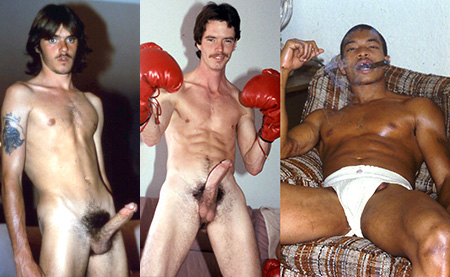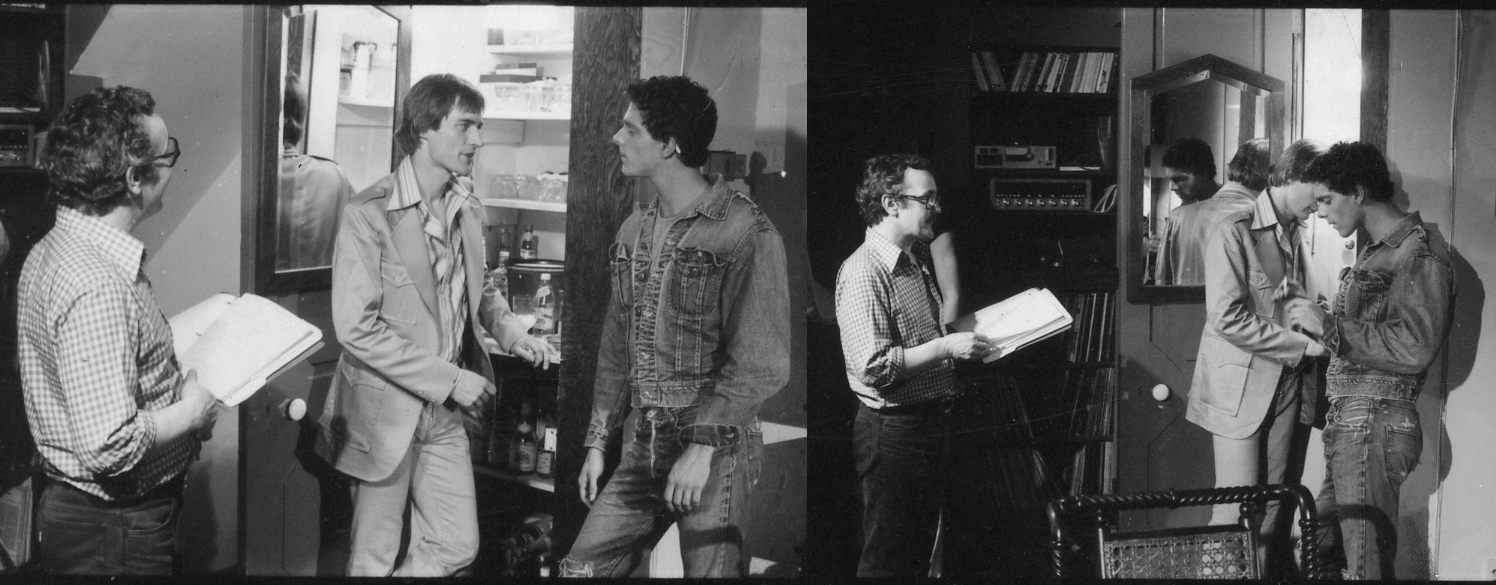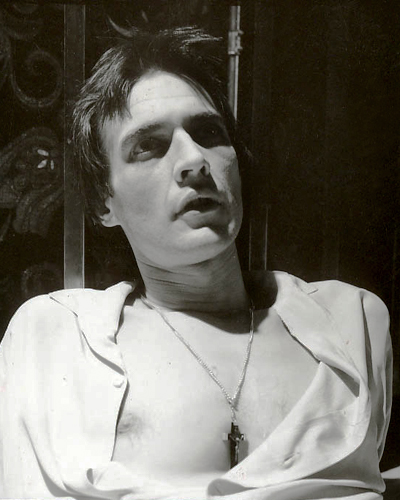This year's Pride Parade in Chicago rocked, and I think it was mostly because of the balloons. In fact, I don't remember seeing so many of this celebratory staple (and not just for Pride parades, but practically any celebration), mostly because of some outfit called Balloons by Tommy, which seemed to showcase practically every variety of balloon party fashion.

I was particularly taken with those people who literally wore balloons (How can you breathe? What if one pops while you are wearing it?).
Now, all these balloons got me thinking, and not just about the foibles of trying to wear them, but when were they invented? What are they made of?
According to Wikipedia, a balloon is a flexible bag that can be inflated with a fluid, such as helium, hydrogen, oxygen, air or water.
Modern day balloons are made from materials such as rubber, latex, or a nylon fabric, and can come in many colors.
Some early balloons were made of dried animal bladders, such as the pig bladder.
Some balloons are used for decorative purposes or entertaining (the genre of party balloons) purposes, while others are used for practical purposes such as meteorology, medical treatment, military defense, or transportation.
The rubber balloon was invented by Michael Faraday in 1824, during experiments with various gases.

Again, according to Wikipedia, party balloons are mostly made of a natural latex tapped from rubber trees, and can be filled with air, helium, water, or any other suitable liquid or gas.
The rubber's elasticity makes the volume adjustable.
Twisting balloons can be used to create decor centerpieces for events and to create a more unique look than can be provided by foil balloons.
Often the term "party balloon" will refer to a twisting balloon or pencil balloon. These balloons are manipulated to create shapes and figures for parties and events, typically along with entertainment.

Filling the balloon with air can be done with the mouth, a manual or electric inflater (such as a hand pump), or with a source of compressed gas.
When rubber or plastic balloons are filled with helium so that they float, they typically retain their buoyancy for only a day or so, sometimes longer.
Beginning in the late 1970s, some more expensive (and longer-lasting) foil balloons made of thin, unstretchable, less permeable metallised films such as Mylar (BoPET) started being produced.

These balloons have attractive shiny reflective surfaces and are often printed with color pictures and patterns for gifts and parties.
It's almost gotten to the point where just putting up a couple of balloons up at even something that can be so boring as an accounting firm pizza “party” or a job fair table is supposed to create fun and joy.
My relationship with balloons has been less than joyful. One time, my brother sat on a balloon to purposely pop it. The squeaking and rubbing noise was excruciating to someone like me who suffers from sensory overload issues.
And then, to add to the horror, I was traumatized when a balloon I was carrying outside of my Grandma's house popped spontaneously. The neighborhood mean old lady, Mrs. Saha, starting yelling at me. I ran upstairs, crying. Grandma, who loathed Mrs. Saha, was about to go next door and fight her. Yes, fight her. Not just, verbally, but physically. I remember my mother holding her back, saying, “Now, Mom … “
Even as a child, I could never get the thrill about those people who made multiple balloons into various shapes. Being a veritable klutz whose relationship to physical reality can be chaotic, I don't possess the manual dexterity to even try that (I also can't blow up a balloon), but, more significantly the squeaking and rubbing noise as the balloon artist forms his animal or whatever, plus the fear of a spontaneous pop, creates physical and mental trauma.
And it's also very depressing to see a shriveled balloon, a reminder that the party's over, long over, dead, because the breath, which is life, has dissipated.

On the other hand, I remember when I was about 11 releasing a helium balloon at some suburban local park district event with a card attached. Amazingly, the balloon made it all the way to Toronto, Canada, as someone sent the card back.
Some people get sexually turned on by balloons, which make sense, because as I hope I have hinted at above, they can physically embody beauty and excitement, but also danger, and eventually, death, always connected on various levels with sex.

One example of balloon fetishes in Bijou's catalog is featured in the Michael Zen-directed 1986 gay porn, Mansize, in which Michael Cummings enters a home in disarray from the aftermath of a party, covers himself in balloons and pretends to jerk off a long tube balloon while a blow up doll becomes animate, watches him, and jerks itself off, too!
This scene can also be found in the Bijou Video original compilation and recent release, Strange Sex Volume 1.

Both Mansize and Strange Sex Volume 1 are available on DVD and streaming instantly.











































 Join our Email List
Join our Email List Like Us on Facebook
Like Us on Facebook Instagram
Instagram Youtube
Youtube Follow Us on Twitter
Follow Us on Twitter Follow us on Pinterest
Follow us on Pinterest